
57 posts
Latest Posts by space0 - Page 2
Celebrating Spitzer, One of NASA’s Great Observatories
As the Spitzer Space Telescope’s 16-year mission ends, we’re celebrating the legacy of our infrared explorer. It was one of four Great Observatories – powerful telescopes also including Hubble, Chandra and Compton – designed to observe the cosmos in different parts of the electromagnetic spectrum.
Light our eyes can see
The part of the spectrum we can see is called, predictably, visible light. But that’s just a small segment of all the wavelengths of the spectrum. The Hubble Space Telescope observes primarily in the visible spectrum. Our Chandra X-ray Observatory is designed to detect (you guessed it) X-ray emissions from very hot regions of the universe, like exploded stars and matter around black holes. Our Compton Gamma Ray Observatory, retired in 2000, produced the first all-sky survey in gamma rays, the most energetic and penetrating form of light.

Then there’s infrared…
Infrared radiation, or infrared light, is another type of energy that we can’t see but can feel as heat. All objects in the universe emit some level of infrared radiation, whether they’re hot or cold. Spitzer used its infrared instrument to make discoveries in our solar system (including Saturn’s largest ring) all the way to the edge of the universe. From stars being born to planets beyond our solar system (like the seven Earth-size exoplanets around the star TRAPPIST-1), Spitzer’s science discoveries will continue to inspire the world for years to come.

Multiple wavelengths
Together, the work of the Great Observatories gave us a more complete view and understanding of our universe.

Hubble and Chandra will continue exploring our universe, and next year they’ll be joined by an even more powerful observatory … the James Webb Space Telescope!

Many of Spitzer’s breakthroughs will be studied more precisely with the Webb Space Telescope. Like Spitzer, Webb is specialized for infrared light. But with its giant gold-coated beryllium mirror and nine new technologies, Webb is about 1,000 times more powerful. The forthcoming telescope will be able to push Spitzer’s science findings to new frontiers, from identifying chemicals in exoplanet atmospheres to locating some of the first galaxies to form after the Big Bang.
We can’t wait for another explorer to join our space telescope superteam!
Make sure to follow us on Tumblr for your regular dose of space: http://nasa.tumblr.com
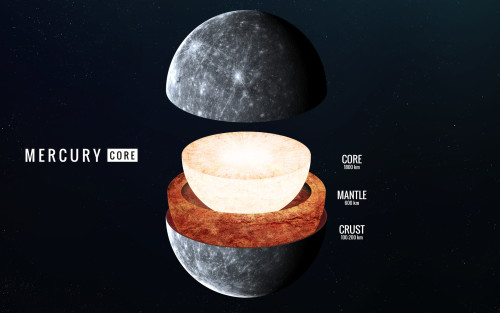
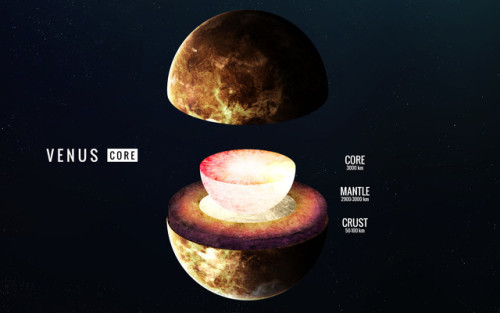

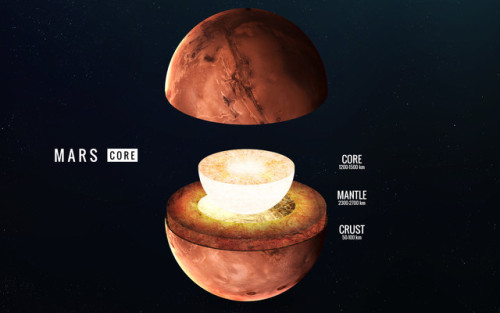
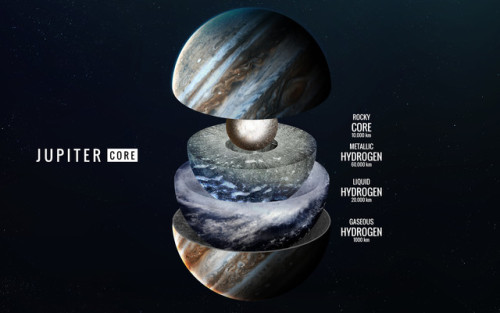
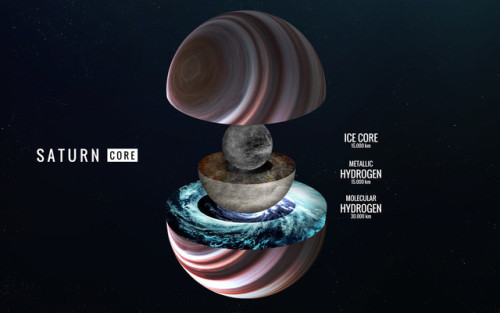
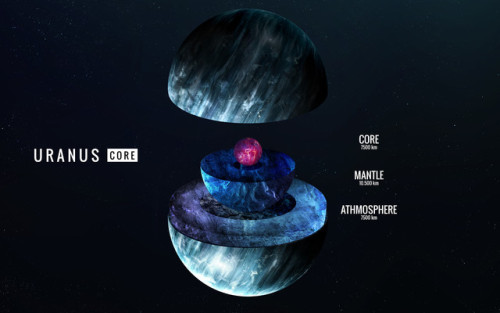
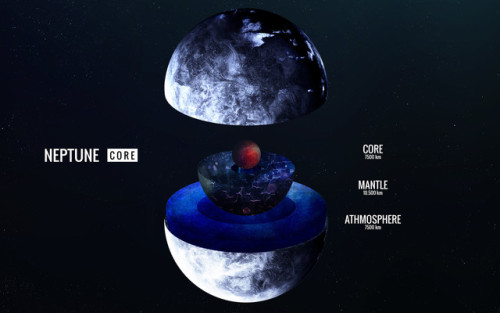
Inside - Vadim Sadovski

UY Scuti – The Largest Star Discovered So Far
There are approximately 1 trillion trillion stars in our Universe, a number approximated by European Space Agency (ESA). Stars in the Universe come in all sizes. Their radius can be as small as 20 km and as big as 1 billion Km. One such extreme star is UY Scuti, a red supergiant star and the beast inside of which 5 billion Suns can fit.
UY Scuti is a red supergiant star in the constellation of Scutum and is known as the largest star in the universe. Approximately 9,500 light-years away, where 1 light-year is 6 trillion miles. In the summer of 2012, astronomers from the Very Large Telescope in the Atacama Desert in Chile measured the parameters of three red supergiants near the Galactic Center region: UY Scuti, AH Scorpii, and KW Sagittarii. They determined that all three stars are over 1,000 times bigger than the Sun and over 100,000 times more luminous than Sun. The stars’ sizes were calculated using the Rosseland Radius, the location at which the optical depth is 2/3, with distances adopted from earlier publications.
UY Scuti was found to be the largest and the most luminous of the three stars measured, at 1,708 ± 192 R0 which is larger than the orbit of Jupiter. The size of UY Scuti can be realized from the fact that even if we build a hypothetical object that travels at speed of light, it will take 7 hours to travel around it, whereas for Sun it will just take 14.5 seconds. As many as 5 billion Suns can fit inside of this beast.
UY Scuti is 340,000 times more luminous than the Sun. This means that the total energy output of this beast is 340,000 times greater than our star. However, the surface temperature of UY Scuti is about 3,300 K, roughly half the value for Sun. The surface temperature can be estimated by using Wein’s law in Physics which states that the wavelength of light emitted from a black body is inversely proportional to the 4th power of its absolute temperature. Hence, red-colored stars are cooler.
Although the star is very luminous, it isn’t visible with the naked eye as it is a ninth magnitude star. We can only see stars up to the sixth magnitude with the naked eye.
A star spends its 90% life on the main sequence of the Hertzsprung Russell diagram. On the main sequence it converts hydrogen into helium in its core. The Sun has been on the main sequence for the past 5 billion years and will remain there for another 5 billion years. On the main sequence, the inward gravitational collapse of the star is balanced by the outward gas and radiation pressure from the core nuclear reaction – a situation termed as hydrostatic equilibrium.
Stellar evolution models tell that UY Scuti has already left the main sequence and has started the fusion of helium in its core. This means it is left with just 10% of its life. Stars like these have a short lifespan of a few million years as compared to trillions of years for red dwarfs. After helium, heavier elements like carbon, neon, oxygen, magnesium, sulfur, silicon, iron and nickel will be created. Nickel-56 would be the last MAJOR fusion product in its core.
The next reaction – Nickel 56 to Zinc -60 isn’t thermodynamically favourable as it is an edothermic reaction (as the binding energy per nucleon vs mass number curve peaks at Iron-56. After this, no fusion reaction will be possible. This will give gravitational collapse an upper hand and a catastrophic collapse will ensue forming a stellar-mass black hole.
Article by Rishabh Nakra, www.secretsofuniverse.in
(unable to copy link)

The International Space Station was in position to view the umbral shadow cast by the Moon as it moved between the Sun and the Earth during the solar eclipse on March 29, 2006. This astronaut image captures the shadow across southern Turkey, northern Cyprus, and the Mediterranean Sea.

Beyond stunning

By Waneella ♥

Rotation of the Milky Way
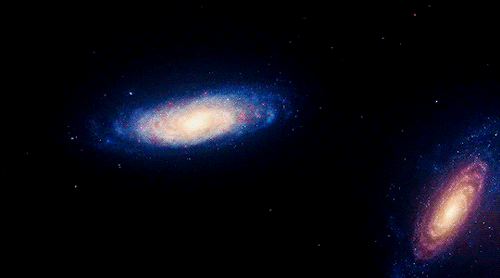
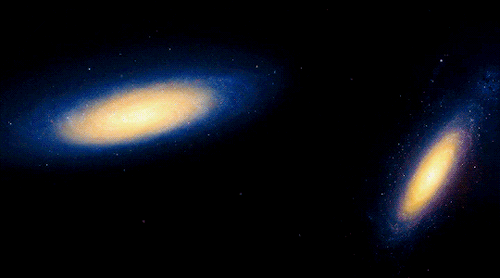
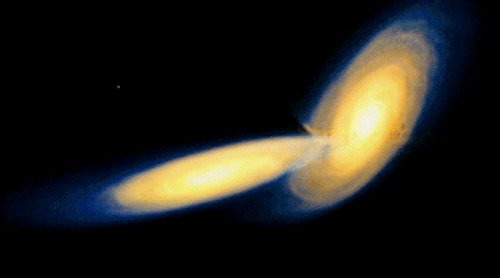
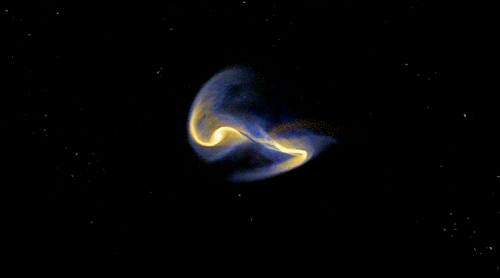
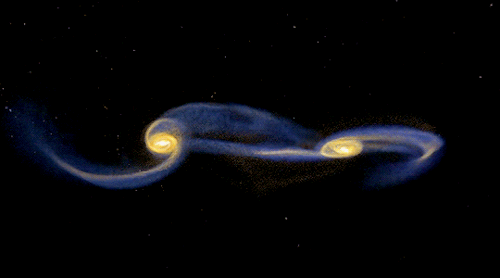
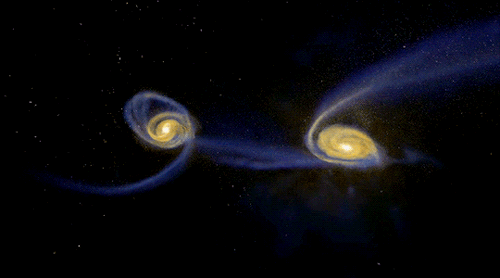
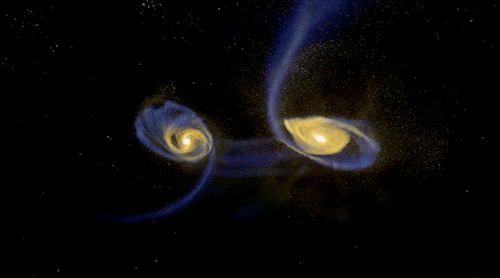
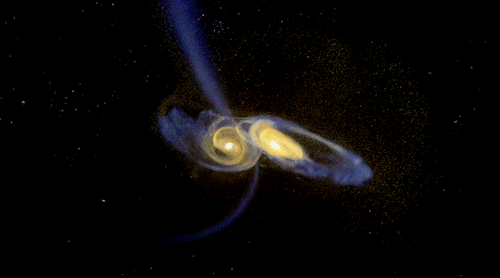
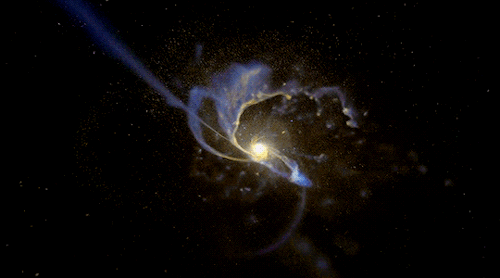
“Using nothing more than Newton’s laws of gravitation, we astronomers can confidently predict that several billion years from now, our home galaxy, the Milky Way, will merge with our neighboring galaxy Andromeda. Because the distances between the stars are so great compared to their sizes, few if any stars in either galaxy will actually collide.
Any life on the worlds of that far-off future should be safe, but they would be treated to an amazing, billion-year-long light show a dance of a half a trillion stars to music first heard on one little world by a man who had but one true friend.”
COSMOS: A Spacetime Odyssey (2014) written by Ann Druyan and Steven Soter
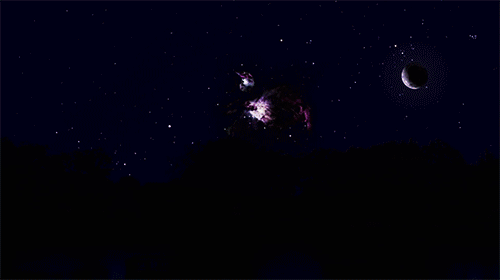


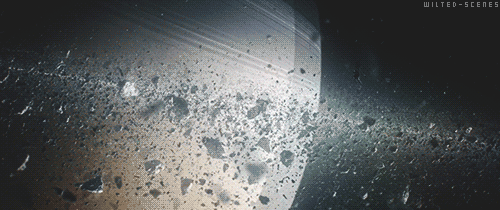
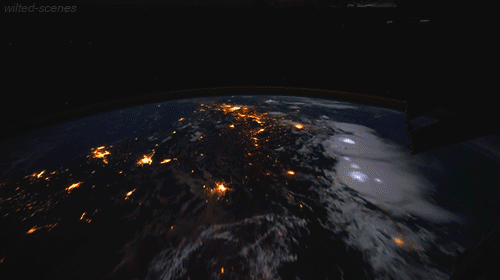

M45: My first attempt at the Pleiades (also known as Subaru or the Seven Sisters)

Earth and Moon from Saturn

High resolution image of Sombrero galaxy

“A Black Hole Disrupts a Passing Star” Illustration Credit: NASA, JPL-Caltech

“From the Pleiades to the Eridanus Loop” by Hirofumi Okubo

M63 Sunflower galaxy and its foreground
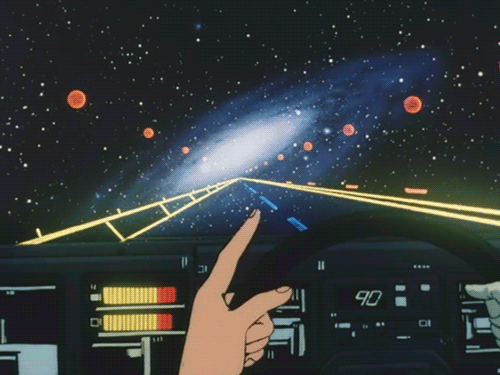


Black Hole Consuming A Star

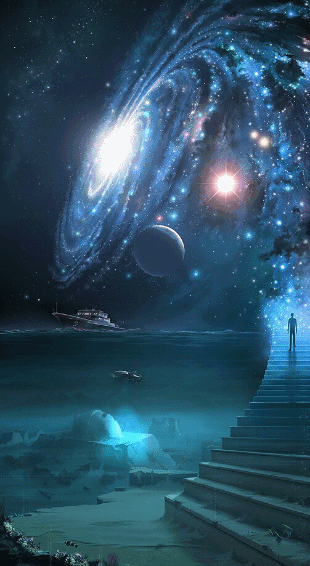
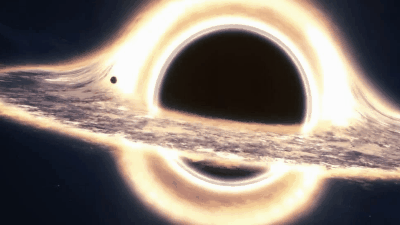

My Instagram

Design graphics Geya Shvecova (BLACK HOLE_290220)